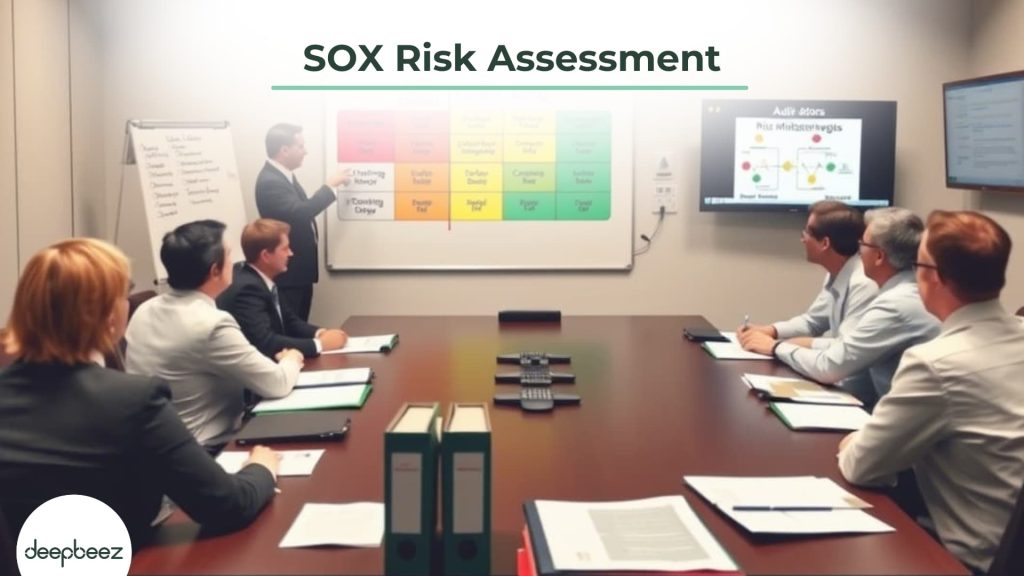Are you navigating the complex world of financial compliance? You’re not alone. Many organizations struggle to understand their SOX obligations. SOX risk assessment forms the foundation of your compliance strategy. It focuses specifically on Internal Control over Financial Reporting (ICFR) and helps you analyze financial information along with potential risks that might appear in your reporting processes. If you are active in the field of import and export, you need to calculate all your duties and taxes. Deepbeez customs duties calculator will help you with calculating all the necessary taxes and duties.
